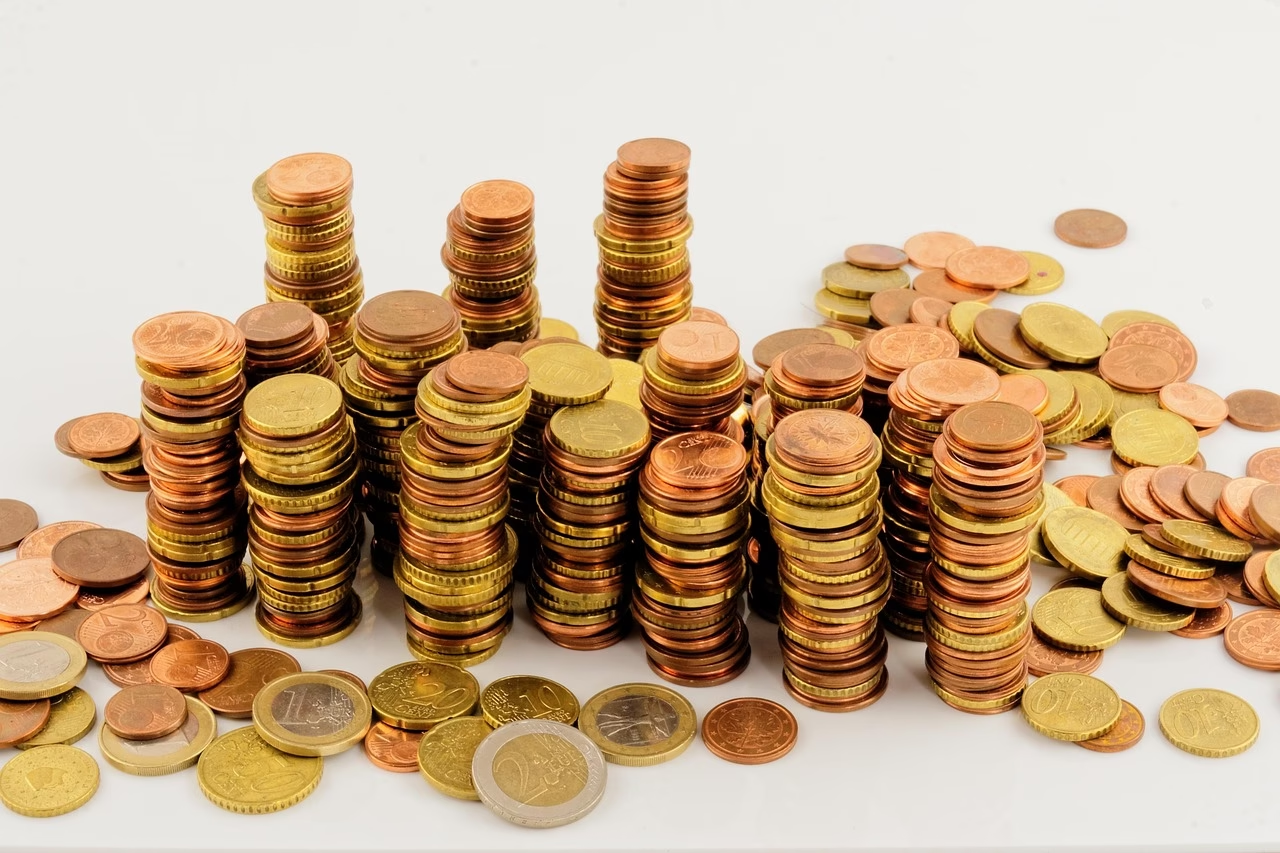“The Risks and Rewards of Tokenization as Crypto Heavyweight
July 27, 2025 | by Sophia Vance

The Risks and Rewards of Tokenization as Crypto Heavyweights Push for It
Tokenization isn’t just a buzzword tossed around in blockchain circles anymore. It’s marching confidently from niche application to mainstream financial architecture, propelled by some of the largest power players in crypto. As someone deeply entrenched in the financial arena, I’ve been dissecting this evolution — and the implications are massive.
What Tokenization Really Means in Today’s Market
At its core, tokenization transforms real-world assets—think real estate, art, commodities, or even equity shares—into digital tokens on a blockchain. These tokens represent a fraction or the entirety of an asset, enabling frictionless transfer, enhanced liquidity, and 24/7 market participation. No longer confined by traditional barriers like geography or banking hours, tokenized assets promise unprecedented democratization of investment.
But it’s not just about fractional ownership. The real innovation lies in seamless programmability—the tokens can carry embedded rules, automate dividends, enforce compliance, and provide transparent audit trails. When giants like Coinbase, Binance, and other major players are accelerating their push for tokenized products, it’s clear the status quo is about to be disrupted.
The Rewards: Unlocking New Financial Dimensions
Let’s be blunt—the upside of tokenization is alluring:
- Enhanced Liquidity: Asset markets that have historically been illiquid, expensive, or cumbersome suddenly become open marketplaces. Fractional ownership breaks down high entry costs that usually exclude retail investors.
- Global Accessibility: Anyone with an internet connection can participate, breaking down entrenched barriers that froze many investors out.
- Transparency and Trust: Blockchain’s immutable ledger ensures clear provenance and history of ownership—a vital factor for assets like art or collectibles.
- Programmability: Automated compliance, smart contract-driven dividends, and customizable ownership rights are game-changers in asset management.
- Cost Efficiency: By cutting intermediaries, tokenization reduces administrative overhead, legal fees, and the delays of traditional asset transactions.
But The Risks Are Equally Real and Mustn’t Be Ignored
Amidst this excitement, it’s critical to decode the risks lurking in tokenization’s promise:
- Regulatory Uncertainty: Global regulators are still calibrating their response to tokenized assets. Jurisdictions differ widely, creating a fragmented compliance landscape that can trap investors and issuers alike.
- Custody and Security: Holding digital assets safely remains a complex challenge. Hacks, mismanagement of private keys, or flawed smart contracts can lead to catastrophic losses.
- Market Volatility: The value of tokenized assets can be subject to crypto’s inherent volatility, coupled with underlying asset risks. Liquidity, though improved, is not guaranteed in every market segment.
- Legal Clarity on Ownership: Tokenizing an asset doesn’t always equate to clear legal ownership. Disputes could arise over what rights token holders hold, especially when dealing with real-world assets.
- Technology Risks: The infrastructure and protocols underpinning tokenization are still maturing. Bugs, forks, or network failures could jeopardize token integrity or transferability.
Who’s Driving the Charge—and Why It Matters
The push from crypto heavyweights isn’t accidental. Institutions craving asset diversification, emerging markets hungry for liquidity, and retail investors seeking novel financial participation are all converging here. Coinbase’s work on regulated tokenized stocks, Binance’s launch of digital asset tokens, and Fidelity’s experimental blockchain funds signal a critical inflection point.
But with big names comes big responsibility. These players wield enormous influence, shaping how regulators and traditional finance adapt. Their ability to deliver secure, compliant, and scalable tokenization solutions will dictate whether this technology reshapes markets or remains a speculative side-show.
Conclusion: Navigate Smart, Stay Informed
Tokenization is not a silver bullet, but it stands as one of the most transformative forces in finance today. The path forward is a high-wire act of innovation and caution — the rewards are inviting but come tethered with significant risks.
For investors and market participants, the priority is clear: do your homework, know your asset, demand transparency from issuers, and watch regulatory developments tightly. This space will reward informed decisiveness—not reckless speculation.
“Tokenization has the potential to revolutionize liquidity and access—if we respect the complexity beneath its surface.”
As the crypto giants continue pushing frontiers, your awareness and prudence will be the best defense and advantage in this unfolding financial revolution.

RELATED POSTS
View all



